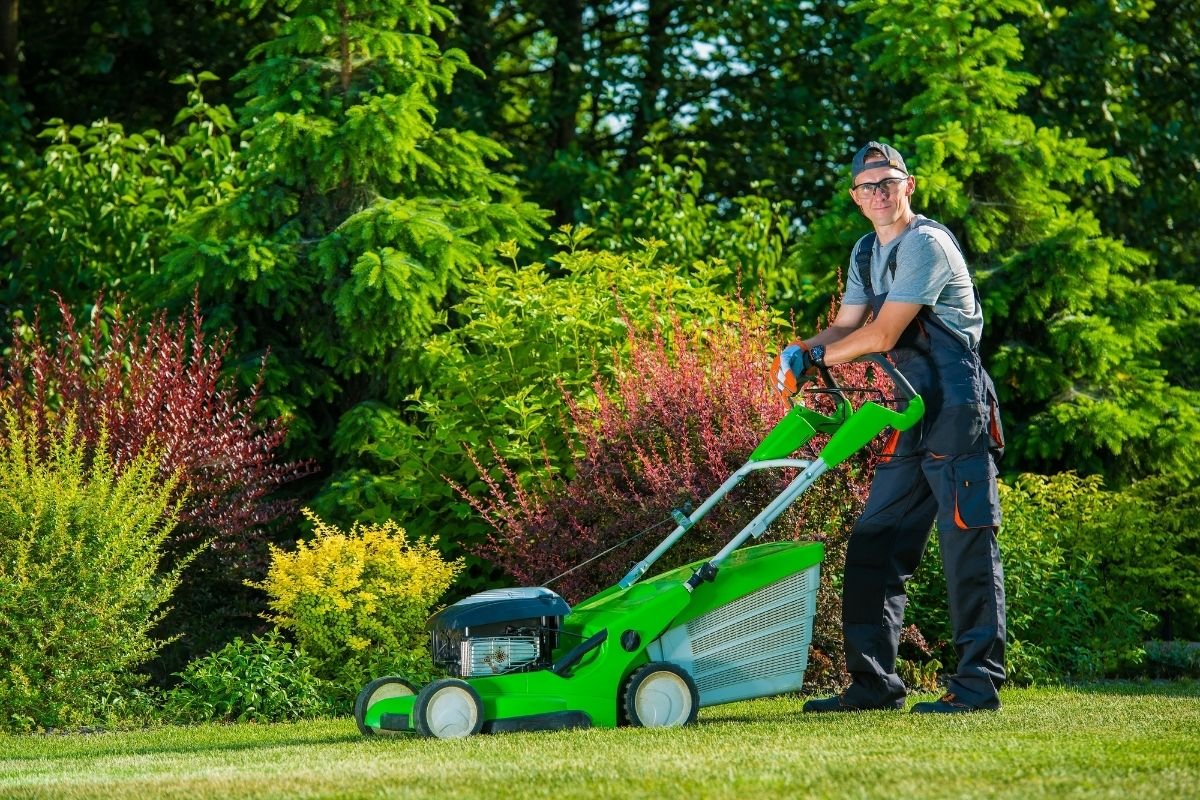Winter can be a challenging time of year for many homeowners. There are fewer daylight hours to tend to the lawns and gardens, and you might even struggle to know how to give your grass what it needs to make it through the coldest time of the year unscathed.
There’s no denying that most people’s properties aren’t the most attractive in winter, but there’s no reason why you can’t make sure they come out the other side of winter ready to look at their best. Are you on the hunt for winter lawn care tips in NZ? You’ll find some goodies below.
Feed Your Lawn
Unless you live in an incredibly cold part of the country with frost, snow, and frequently low temperatures, it’s highly likely that your lawn will still be growing. Sure, you might not be mowing it as often, but growth may not come to a complete standstill.
Therefore, feeding can still be necessary to keep your grass in excellent health. You might be able to promote good health and growth by applying granular lawn food or even commercial products with composted chicken manure to give your lawn much-needed beneficial bacteria.
If you’re looking for fast growth, temperatures might still allow for liquid fertiliser that you can purchase as a concentrate, mix with water, and apply with a watering can.
Weed Your Lawn
Many homeowners breathe a sigh of relief when the ‘growing’ seasons end. Colder temperatures might mean fewer weeds to contend with, but is that actually true? Technically, no.
Broad-leafed weeds love the colder temperatures, and it’s not uncommon to find yourself battling with Onehunga weed, oxalis, cudweed, clover, and many other weeds that thrive when the mercury plummets.
Fortunately, plenty of control products are available to eliminate those pesky weeds and promote grass growth.
If you’re also struggling with moss, which flourishes in moist, cold environments, now might be an ideal time to tackle this issue. While most moss products work better in warmer weather, you might gain back some control of moss growth on your lawn and on hard surfaces like paving stones in winter.
Apply Lime
Winter is the ideal time to check your soil and see if its pH level allows for optimal growth. Purchase a soil test and if the pH level is below six, purchase lime and sprinkle it over the lawn to combat acidity and improve your growing conditions.
The best time to apply lime is at the end of the growing season, which can typically be at the end of autumn. This time of the year gives your soil plenty of time to absorb the lime and adjust the pH.
Spike and Aerate Your Lawn
Your lawn can look remarkably different during winter than in summer, and one of the most noticeable differences is how compacted the soil is. Compacted soil can affect your lawn’s ability to absorb nutrients and drain water.
At the end of winter, purchase aeration tools or equipment and puncture holes in the soil to let in oxygen. Oxygen allows for better, deeper, and healthier root growth, ultimately allowing better grass growth.
Two of the best tools for the job are plug aerators and spike aerators. Plug aerators remove a plug section of your grass, while spike aerators have solid tines to create holes.
Repair Your Lawn
Your lawn can take a real hammering in the summer month, especially with all those lawn games and outdoor entertaining in the sunshine. However, it can look even more worse for wear in winter when it’s soft and easier to damage.
Take the opportunity to repair your lawn so that it stands the best chance of thriving once the warmer weather arrives once more. This is a straightforward process, even if you don’t have previous lawn repair experience.
Purchase lawn seed and use a rake to soften your soil before adding potting mix or sandy soil to the bare patches. You can then sow your seeds and cover them lightly to keep them damp. Many different lawn varieties are available, so talk to your local lawn care experts about the best type to match your current lawn or the climate.
Avoid Using It
It’s hard being stuck inside for weeks on end when it’s too cold to venture outside. You might be tempted to spend time in your backyard simply because you’re tired of staring at the same four walls.
However, for the sake of your lawn health, refrain from spending too much time walking on it. The more you walk on your wet grass, the more compact your soil can become, and the harder it can be for your grass to experience healthy growth.
Take Care of Your Lawn This Winter
Lawn care might be the last thing you feel like focusing on when the temperatures drop, but it can be essential if you want a healthy, thriving lawn once the warmer weather arrives. These six tasks above might be all it takes for you to give your grass the best possible chance to survive and thrive.




















































